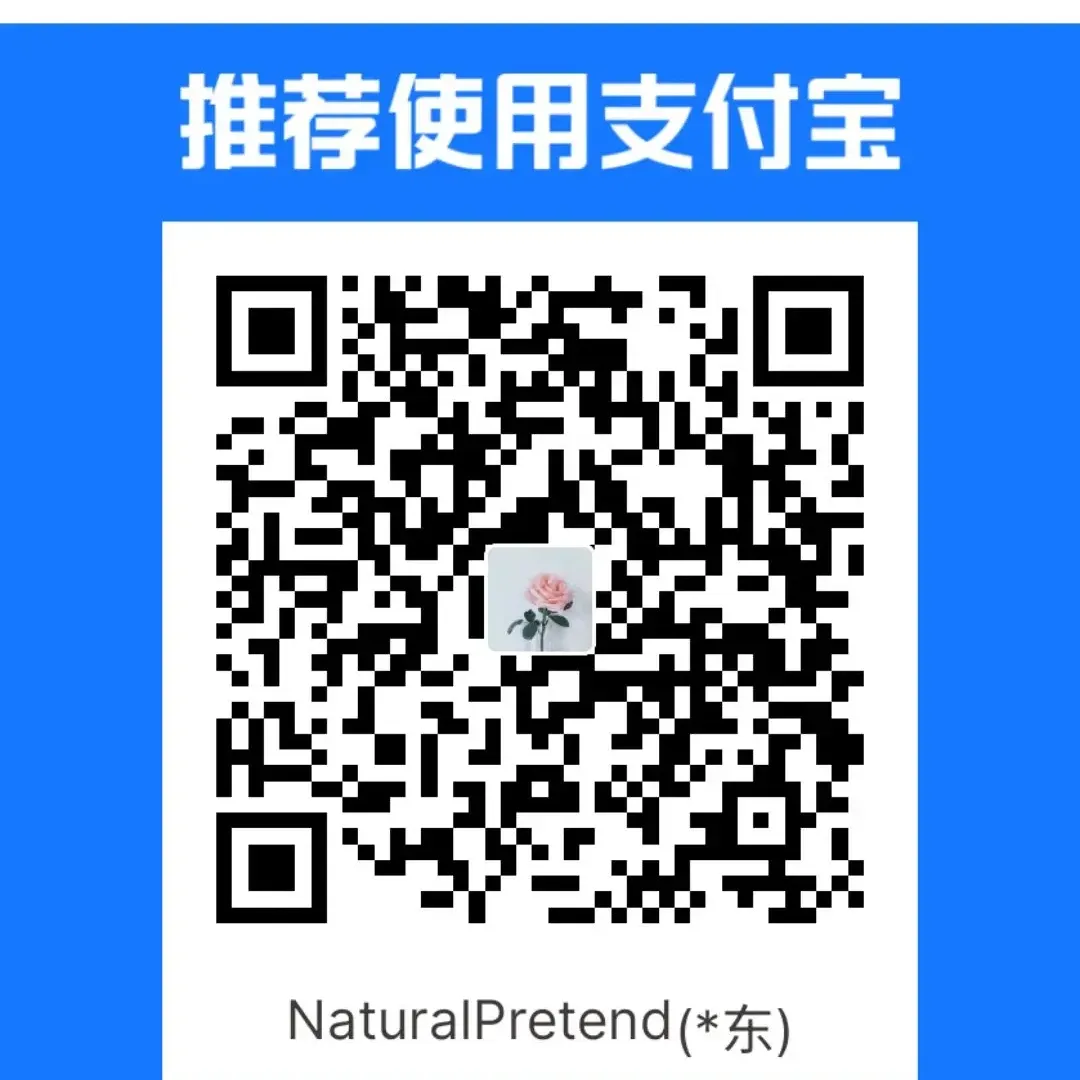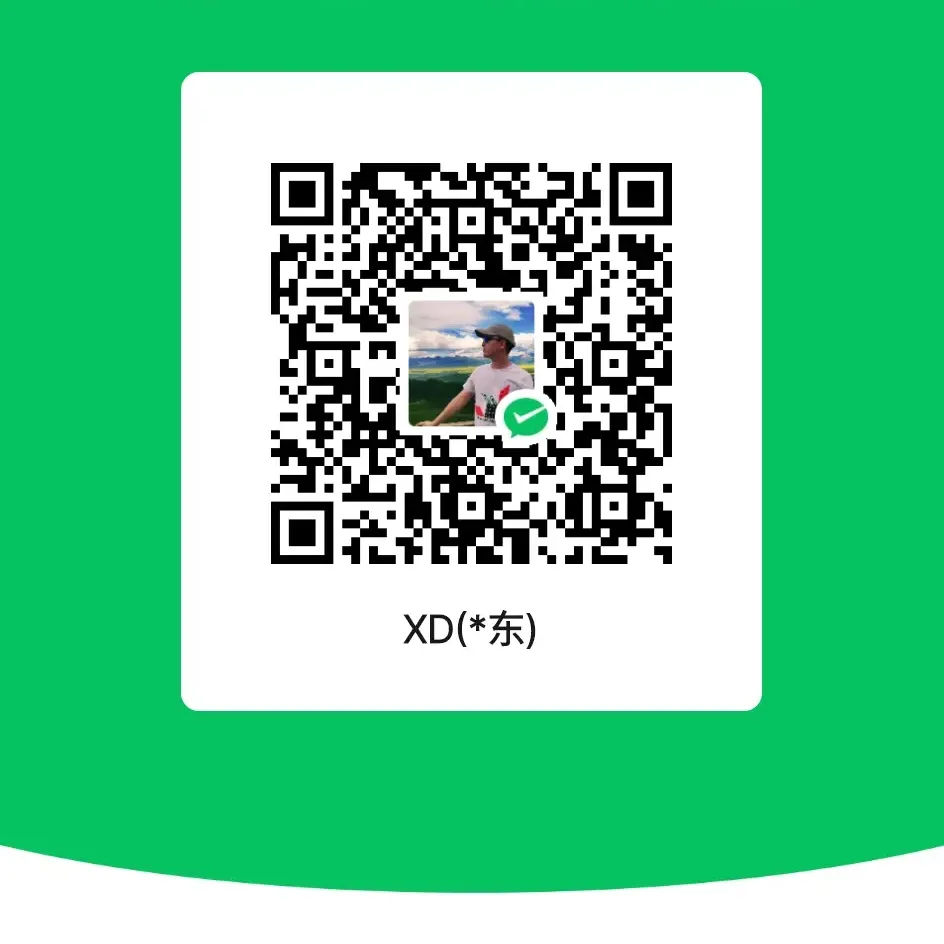目录
Spatial Layout Projector (SLP)
-
InternVL采用了一种称为"Spatial Layout Projector (SLP)"的方法,将四维的空间坐标[x1,y1,x2,y2](一个bounding box)转换为单个token嵌入:
"A key innovation in LayTextLLM is the Spatial Layout Projector (SLP), which transforms a spatial layout into a singular bounding box token. This enhancement enables the model to process both spatial layouts and textual inputs simultaneously. To be specifically, each OCR-derived spatial layout is represented by a bounding box defined by four-dimensional coordinates [x1,y1,x2,y2]..."
-
这种方法确实将每个边界框(box)表示为一个token,不同于之前的"coordinate-as-tokens"方案(这种方案会将坐标转换为多个token):
"Compared to the coordinate-as-tokens scheme, the SLP represents each bounding box with a single token. This approach significantly reduces the number of input tokens..."
-
这种单token表示法的计算方式是通过将坐标映射到高维空间来实现的:
"The process can be computed as z=W⋅c+b, where c∈ℝ^4 is the vector of the bounding box coordinates. W∈ℝ^(d×4) is a weight matrix with d represents the dimension of the embedding, b∈ℝ^(d×1) is a bias vector, z is the resulting bounding box token represented as an d-dimensional embedding."
InternVL中关于box相关的token定义
InternVL中关于box相关的token定义主要在以下代码片段中:
internvl_chat/internvl/train/constants.py定义了box相关的特殊标记:
python展开代码BOX_START_TOKEN = '<box>'
BOX_END_TOKEN = '</box>'
这些标记用于在文本中标记边界框的开始和结束。
- 在
internvl_chat/internvl/train/internvl_chat_mpo.py和internvl_chat/internvl/train/internvl_chat_pretrain.py中都导入了这些token:
python展开代码from internvl.train.constants import (BOX_END_TOKEN, BOX_START_TOKEN,
IMG_CONTEXT_TOKEN, IMG_END_TOKEN,
IMG_START_TOKEN, QUAD_END_TOKEN,
QUAD_START_TOKEN, REF_END_TOKEN,
REF_START_TOKEN)
这些结果表明InternVL使用<box>和</box>标记来包裹边界框的信息,但确实没有明确说明边界框内部的具体编码格式。
另外,有几个与边界框处理相关的函数可能提供了线索:
transform_bbox函数(在internvl_chat/eval/domain_specific/rs_det/caculate.py中)显示边界框坐标被归一化为0-1000范围:
python展开代码def transform_bbox(bbox, image_size):
x1, y1, x2, y2 = bbox
W, H = image_size
x1 = min(max(x1 / 1000 * W, 0), W)
x2 = min(max(x2 / 1000 * W, 0), W)
y1 = min(max(y1 / 1000 * H, 0), H)
y2 = min(max(y2 / 1000 * H, 0), H)
return [x1, y1, x2, y2]
- 在
drivelm/evaluate.py中也有类似的坐标归一化/反归一化处理:
python展开代码cx = (cx / 1000) * whole_img_width
cy = (cy / 1000) * whole_img_height
这表明InternVL可能将边界框坐标归一化到0-1000的范围内,然后在需要时根据实际图像尺寸进行转换。
BOX_START_TOKEN (<box>) 和 BOX_END_TOKEN (</box>) 在InternVL项目中主要用于标记边界框信息的开始和结束。根据发现的代码,特别是在streamlit_demo/app.py中的find_bounding_boxes函数,我们可以看到它们的具体使用方式:
-
边界框格式和编码:
- 边界框通常以
<ref>物体名称</ref><box>[[x1, y1, x2, y2]]</box>的格式出现在模型输出中 - 其中
<ref>和</ref>标记物体名称,<box>和</box>标记边界框坐标
- 边界框通常以
-
边界框坐标归一化:
- 边界框坐标被归一化到0-1000范围内
- 从
streamlit_demo/app.py中的代码可以看到:
python展开代码coordinates = [(float(x[0]) / 1000, float(x[1]) / 1000, float(x[2]) / 1000, float(x[3]) / 1000) for x in coordinates] coordinates = [(int(x[0] * width), int(x[1] * height), int(x[2] * width), int(x[3] * height)) for x in coordinates]- 这表明当需要显示在实际图像上时,坐标会先从0-1000范围转换为0-1范围,然后乘以图像的实际宽度和高度
-
完整使用流程:
- 这些token被添加到tokenizer的特殊标记中(见
model_worker.py中的tokens_to_keep = ['<box>', '</box>', '<ref>', '</ref>']) - 当模型生成包含边界框的响应时,这些标记被用来包装边界框信息
- 在应用程序中(如
find_bounding_boxes函数),使用正则表达式从响应中提取这些标记和它们之间的内容 - 提取的边界框坐标被转换为图像的实际坐标,并用于在图像上绘制边界框和标签
- 这些token被添加到tokenizer的特殊标记中(见
这种实现允许模型以易于处理的文本格式输出视觉定位信息,同时通过特殊标记明确边界框的开始和结束,便于后续处理和可视化。
InternVL对<box>标记的处理
-
特殊token定义:
- 在
internvl_chat/internvl/train/constants.py中,BOX_START_TOKEN和BOX_END_TOKEN被定义为<box>和</box> - 这些token被用于在文本中标记边界框信息的开始和结束
- 在
-
token添加到模型词表:
- 在训练脚本
internvl_chat/internvl/train/internvl_chat_finetune.py、internvl_chat_pretrain.py和internvl_chat_mpo.py中,可以看到这些token被添加到tokenizer的词表中:
python展开代码token_list = [IMG_START_TOKEN, IMG_END_TOKEN, IMG_CONTEXT_TOKEN, QUAD_START_TOKEN, QUAD_END_TOKEN, REF_START_TOKEN, REF_END_TOKEN, BOX_START_TOKEN, BOX_END_TOKEN] num_new_tokens = tokenizer.add_tokens(token_list, special_tokens=True) - 在训练脚本
-
推理时保留token:
- 在
streamlit_demo/model_worker.py中可以看到,这些token在标记化时被特别保留:
python展开代码tokens_to_keep = ['<box>', '</box>', '<ref>', '</ref>'] tokenizer.additional_special_tokens = [item for item in tokenizer.additional_special_tokens if item not in tokens_to_keep] - 在
-
处理输出中的边界框:
- 在
streamlit_demo/app.py中的find_bounding_boxes函数展示了如何从模型输出中提取边界框信息:
python展开代码pattern = re.compile(r'<ref>\s*(.*?)\s*</ref>\s*<box>\s*(\[\[.*?\]\])\s*</box>')- 这表明边界框的格式为
<ref>物体名称</ref><box>[[x1, y1, x2, y2]]</box>
- 在
-
坐标归一化:
- 边界框坐标在0-1000范围内表示,在显示时会被转换为实际像素坐标:
python展开代码coordinates = [(float(x[0]) / 1000, float(x[1]) / 1000, float(x[2]) / 1000, float(x[3]) / 1000) for x in coordinates] coordinates = [(int(x[0] * width), int(x[1] * height), int(x[2] * width), int(x[3] * height)) for x in coordinates]
关于训练数据和返回结果
基于上述代码分析,我可以确认:
-
训练数据含有这些标记:
- 由于这些token被添加到了tokenizer中,并且在训练脚本中被明确添加,说明训练数据包含这些标记
- 这些特殊token使模型能够学习如何标记和输出边界框信息
-
InternVL确实可以返回含有这些标记的结果:
- 从
model_worker.py中可以看到,在tokenizer处理时特别保留了这些token app.py中的find_bounding_boxes函数专门用于处理模型返回的含有这些标记的边界框信息- 当模型需要指出图像中特定物体的位置时,它会使用
<ref>物体名称</ref><box>[[x1, y1, x2, y2]]</box>的格式
- 从
这种设计允许InternVL在对话中自然地引用和定位图像中的物体,使模型具有视觉定位和引用能力,特别是在需要精确定位图像中物体位置的应用场景中非常有用。


本文作者:Dong
本文链接:
版权声明:本博客所有文章除特别声明外,均采用 CC BY-NC。本作品采用《知识共享署名-非商业性使用 4.0 国际许可协议》进行许可。您可以在非商业用途下自由转载和修改,但必须注明出处并提供原作者链接。 许可协议。转载请注明出处!